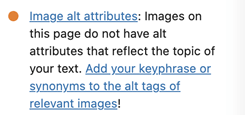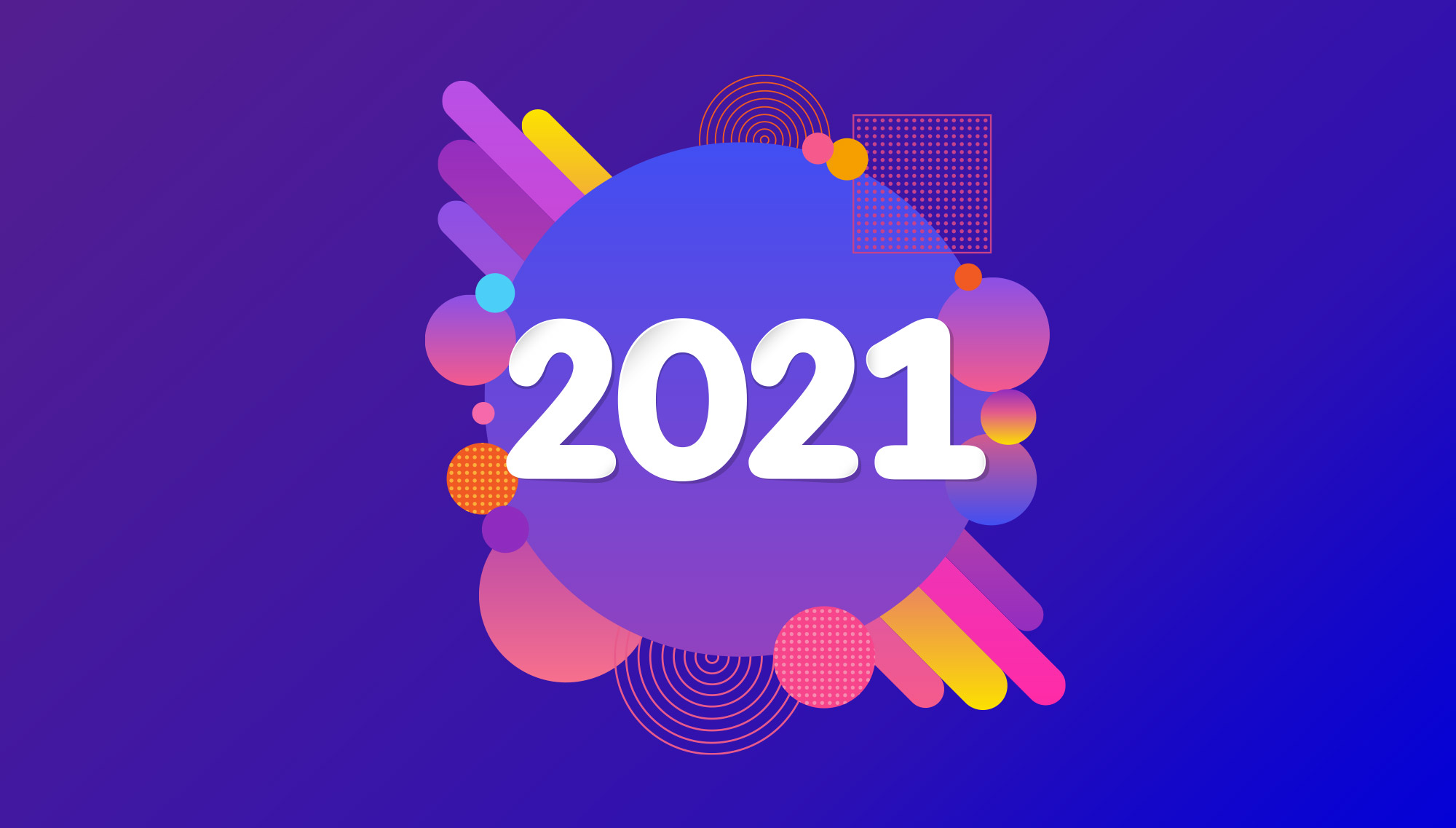When it comes to plugins for SEO, Yoast is the go-to option and it’s easy to see why. However, green dots don’t mean rankings, and we’re going to look at why!
1- Your keywords don’t match your users intent
Do your keyword research! Understanding how your users are searching and the intent behind each search is important! Look at what is currently ranking for the keyword you are targeting. Is it a video, blog post, static page? Do the results include bullet points? What questions are the pieces actually answering?
There are 4 main types of search intent and each will yield different results;
- Information searches - How to, when, where.
- Investigative searches - reviews, services, ‘VS/OR’
- Transactional searches - buy, cheap, sale
- Direct searches - name, company, specific page
These are the 4 main search intents but users do also complete earlier broader searches with less specific terms and these searches return a wide range of different information. These terms tend to be used much earlier on in the user's search journey and are less likely to convert.
If we search for ‘Technical SEO’ (a navigational search), Google will show a description on what Technical SEO is and why it is important. However, if we search for “How to technically optimise a page for SEO” (informational search) Google will return a list of factors you need to know to optimise a page. On this results page we are seeing bullet points, many mentions of ‘factors’ and articles that contain the answer to the question. A search for ‘Technical SEO Services’ (Investigative search) will return a list of companies providing this service.
In order to get great rankings, you need to fully understand your users' intent and you need to understand what type of content Google is most likely to present.

So you have ensured that the term is in the header, metadata, alt tag and you have that green dot...Great! But the term you are using is less likely to convert and you are not matching your users intent...
2 - Not every page needs to be optimised
Sometimes you don’t need to optimise your pages. Pages such as Contact us, privacy policies, about us and archive pages are not pages that you would want to be ranking, so why do you need to force a keyword in to ensure you have a green dot?
Before you rush to make changes to get that elusive green dot, ask yourself ‘does this page need to rank?’ ‘Will my users interact with this page and could it potentially lead to a conversion?’ ‘What keyword would I optimise this page for and will the page match my users intent?’
Google wants relevant content that matches the user’s intent. So even if you have that green dot on your contact us page, it does not mean that page is relevant or going to rank! On the contrary, you could end up with a very high bounce rate as the page is not relevant for the term you have optimised it for and now your users are leaving the site prematurely as they have not found the information they were searching for.
3 - Semantic/synonyms and related terms are more important than ever before!
Although Yoast is now much more sophisticated in terms of keywords/semantic terms and closely related terms, the premise is still to ensure that your main keyword is in all of the main page factors.
Google uses semantic keywords to better understand the relevancy of your page and the types of searches that it would be most useful ranking for. Google will make connections between the terms you are using and will be able to build a much better picture of the content you are providing and what it is useful for, therefore helping it to rank better for the most relevant terms. Only focusing on or including the focus term could mean you are missing out on rankings elsewhere and that you are making it more difficult for Google to understand the use of your content.
In 2013 Google launched the Hummingbird Algorithm update. Before this, Google had looked for the keywords within the page. For example, if you wrote an article about Dairy Farming and repeated the term over and over again, Google would understand that the article was about Dairy Farming.

The algorithm update changed how Google viewed each page in a major way! Instead of just looking for mentions of the keywords, Google was now able to read and understand that topic of the page. Google was still looking for the focus keyword but it was also looking for other terms that were relevant to the topic.
For example; Dairy Farming, Cows, Agriculture, Job Description, Production, Industry.

Google is now able to view a page much like a human would and it is trying to understand the overall topic and no longer just looking for the repetition of the focus term.
4 - Image Alt Text should describe your image
What is an Alt tag? It is a tag that allows screen readers and Google to understand what the image is showing.

If your keyword fits naturally into the description of the image, great! However, forcing your keyphrase into the alt tag of every image on the page in an unnatural way could lead to keyword stuffing. The alt text should be a description of the image, not the keyword repeated on every image.
To get the green dot, Yoast suggests that the keyphrase is added to the alt tags of all relevant images. This is not the role of an alt tag and actually this could cause more issues within your SEO strategy than it does good!
5 - Always write for humans first!
Good content will always answer the question that the user is asking or provide the information the user is looking for.
Ensuring that your keyword is in your URL, meta title & description and header tags is great! But does your content actually answer the question? Sometimes we spend so long striving for green dots, we forget to focus on the actual content we are writing.
Google is becoming more and more sophisticated and is able to actually read and understand the topic of the page. Simply adding a single key term to the relevant areas no longer means good rankings within Google.
Simply put, Yoast does for SEO what spellcheck does for regular language. It analyses your SEO content and rates its strength, offering suggestions and corrections as you go. However, Yoast uses a relatively old Keyword Density algorithm to ensure your page is optimised. More often than not, optimisation requires much more than keyword placement. So don’t stress too much about ensuring your dots are all green!
Need advice? - Our expert SEO team can help, drop us an email here: [email protected]



